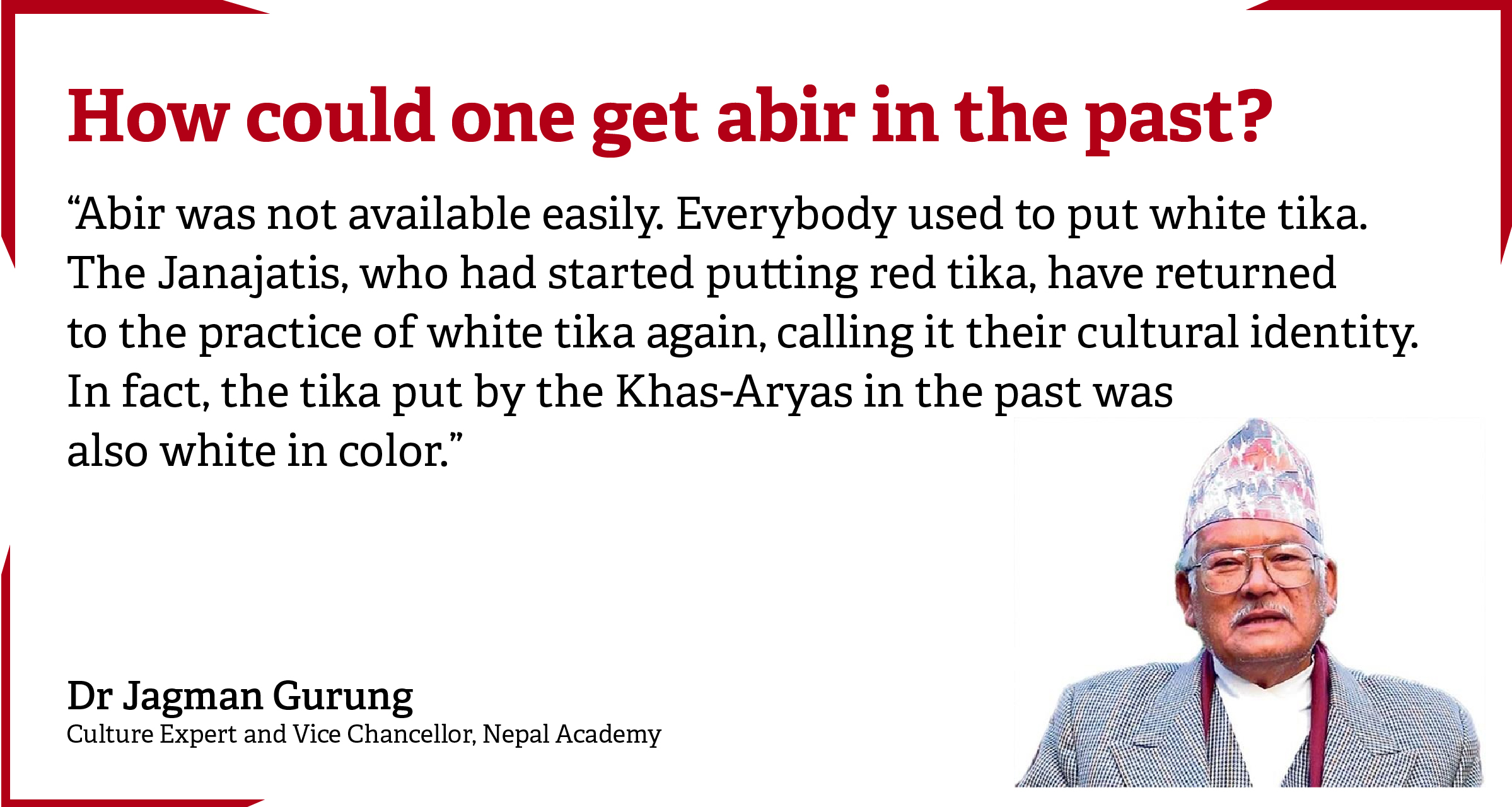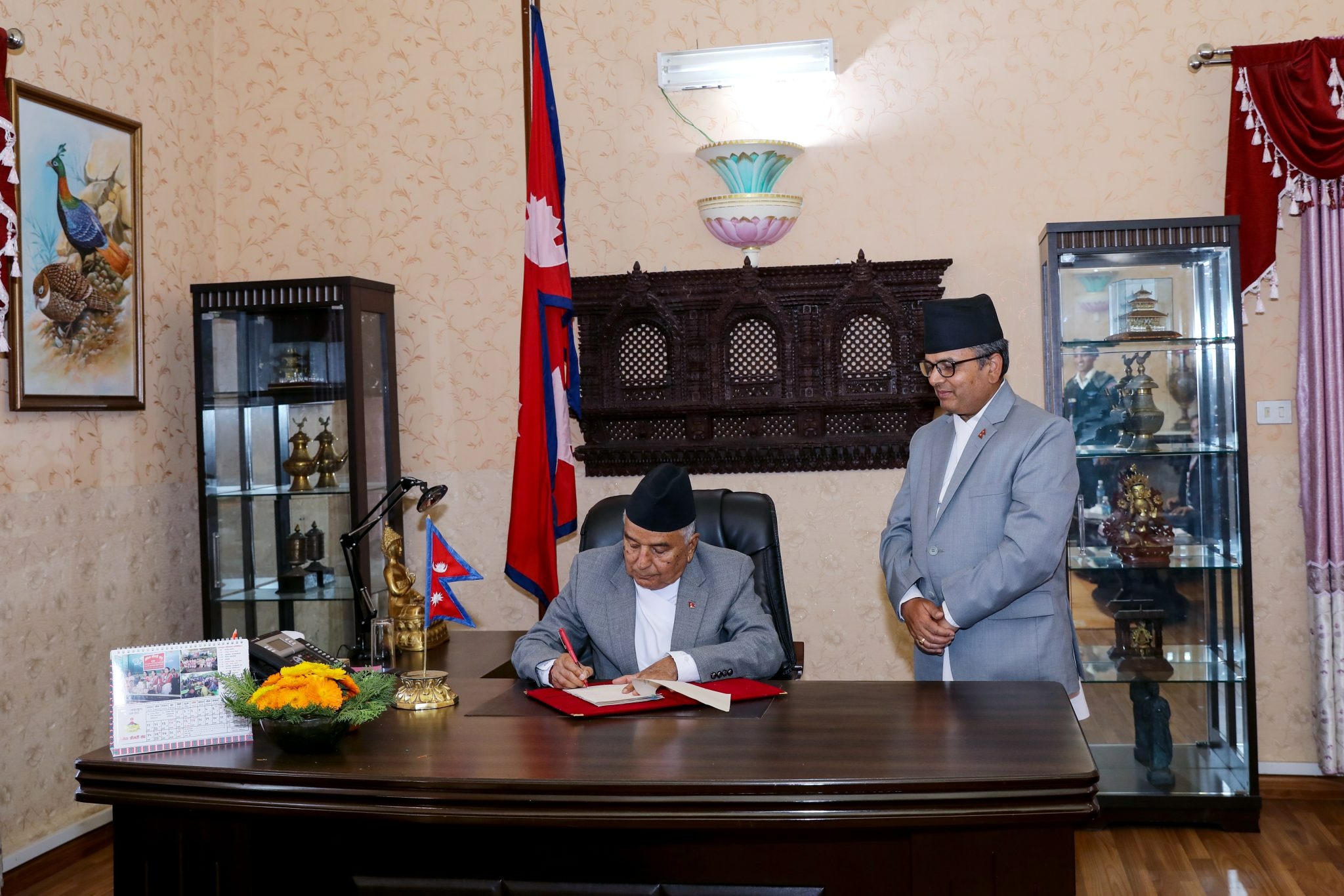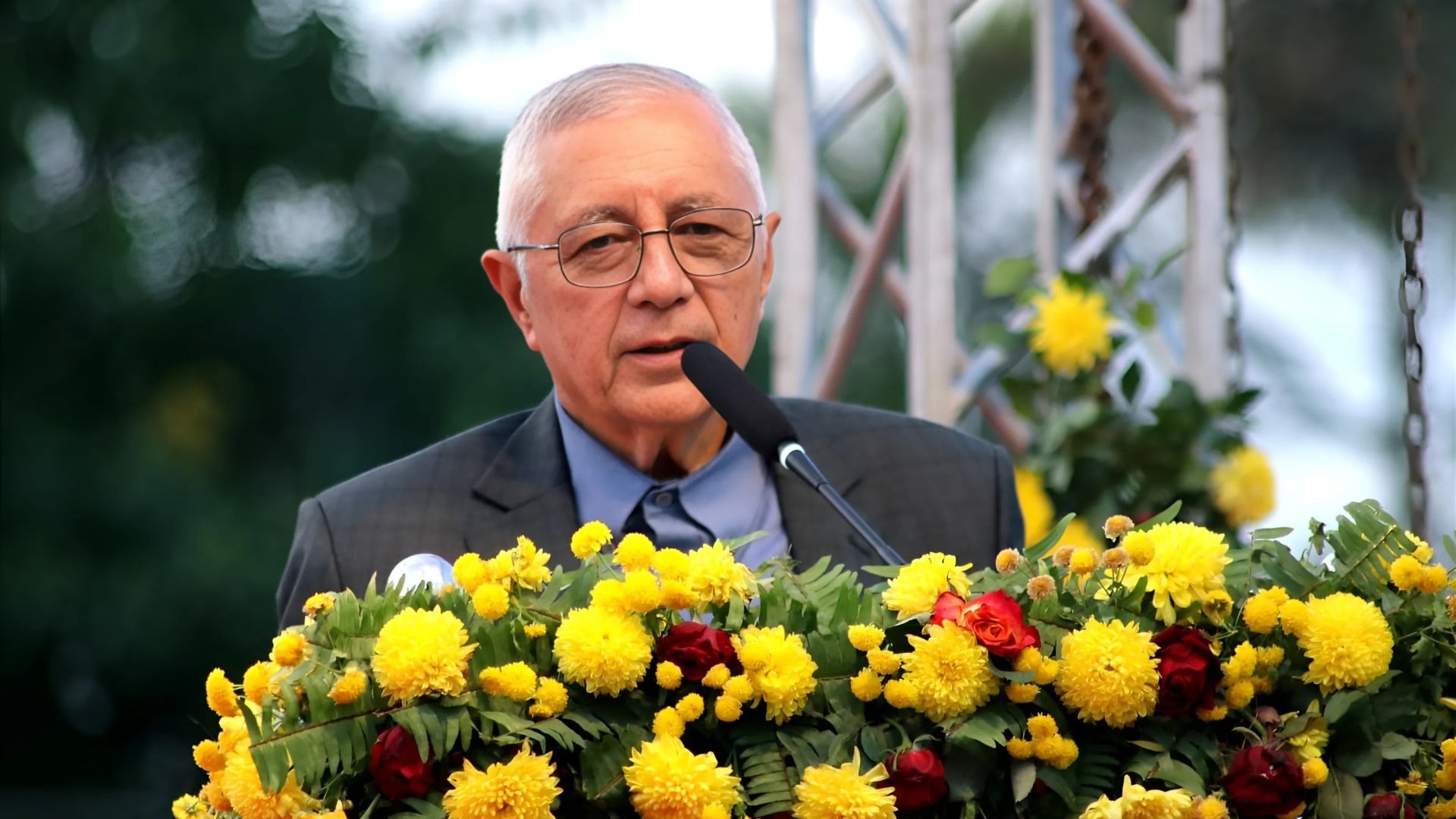Why do the Dashain tika of Mongols and Aryas differ in color?

The ‘tika’ we put on our foreheads during Dashain are of different colors. The Khas-Aryas put red tika covering their whole foreheads whereas Magars, Gurungs, Rais, Limbus, Tamangs and Newars among other Janajatis (tribes) put white colored ones. According to Jagaman Gurung, vice chancellor of Nepal Academy, the debate concerning the authenticity of the color of the tika holds no meaning at present.
In the ancient times, there was the tradition of mixing rice with curd and put the white mixture as tika, Dr Gurung says. Abir (a red dye) came later in use. “How could one get abir in the past? It was not available easily. Everybody used to put white tika,” Gurung told DCNepal. “The Janajatis, who had started putting red tika, have returned to the practice of white tika again, calling it their cultural identity. In fact, the tika put by the Khas-Aryas in the past was also white in color.”
With the extension and facility of markets and transportation later, abir came to the scene and became an integral part of the tika. Earlier only Newar businessmen who sold abir used to put red-colored tika, as per Gurung, and it didn’t go beyond their community for a long time.
The tradition of Dashain tika has been misconstrued as of late, Gurung says. It is wrong interpretation of the Janajatis to tell that red tika is not a part of their culture. He adds that Gurungs, Magars, Rais, Limbus and Tamangs have to trace back to their past and peek into their tradition rather than making vague comments.
The abir used to dye the white tika is not a product of our country, hence the red tika cannot be from our original culture, he claims. He tells that it has not been too long that the Brahmins and Chhettris have begun using abir in tika, taking it as a symbol of bravery influenced by the Indian culture.
“Dashain is not a festival of a specific caste or race, it is a cultural festival of all castes,”Dr Gurung states. “The culture of Dashain originates from war. The Janajatis, who used to put tika of blood during wars cant deny the red tika being a part of their tradition.”
After we make sacrificial offerings of animals to the gods and goddesses, we mix the blood of their head with rice and prepare the tika. This tradition had been set up by the Newars. The Brahmins didn’t use to sacrifice animals as their caste never approved violence and killings, it was the Chhetris, Gurungs, Magars, Rais and Limbus that were ferocious warriors. They used to stamp upon the body of the enemies and draw blood from their chests with their karda (a small knife) and put the tika of blood, Gurung said. So, they will be misconstruing the culture if they deny red tika being in their tradition, he clarifies.
Why do we put tika in Dashain?
Culture expert Dr Jagman Gurung opines that the tika we put in Dashain is linked with power, prosperity and war. ‘ksha’’ means destruction and ‘akshat’ means that which cannot be destroyed. The rice grain set aside for religious blessing is called ‘akshata’. The tradition of putting tika in Dashain developed as a celebration of indestructibility.
‘Akshata’ comprises of rice grains, considered a high class cereal. People started to put this nutritious cereal on their foreheads before consumption, Gurung says. During Dashai, farmers take rest from their agricultural activities to clean and repair their tools..In Navaratri, the first nine days of Dashain, we worship the weapons .now too.
People used to finish their farm work, sharpen and repair their weapons and on the tenth day of Dashain, Vijaya Dashami, they would put the tika made of rice grain and curd, as the symbol of undefeatability and set out for war training. . Dr Gurung underscores, “Dashain is a tradition rooted in warfare. Goddess Durga worshipped during Dashain is an emblem of power and strength.”
Facebook Comment
latest Video
Trending News
- This Week
- This Month

















